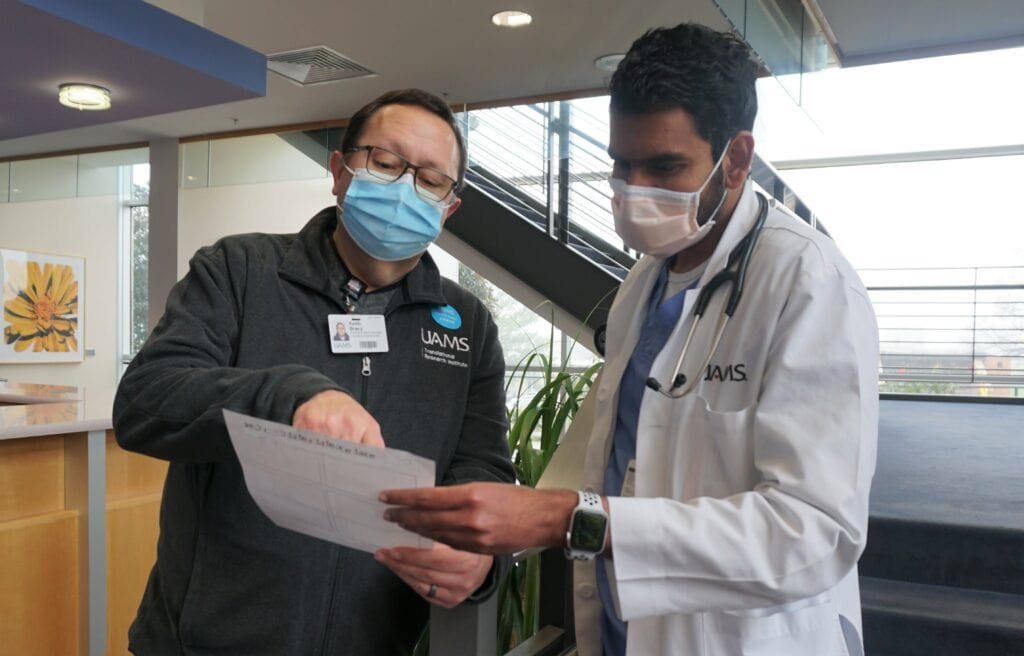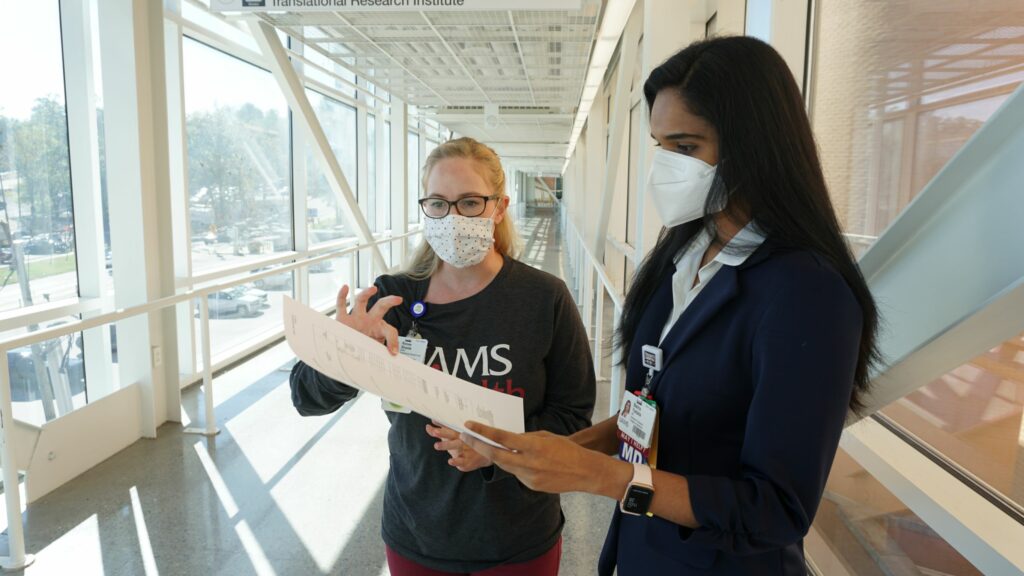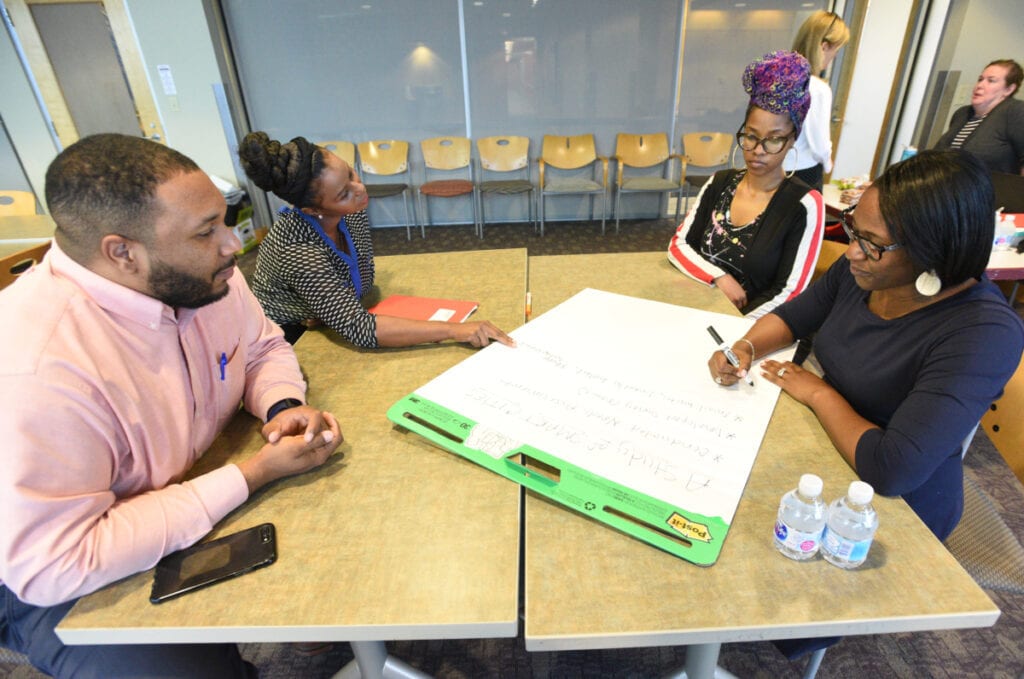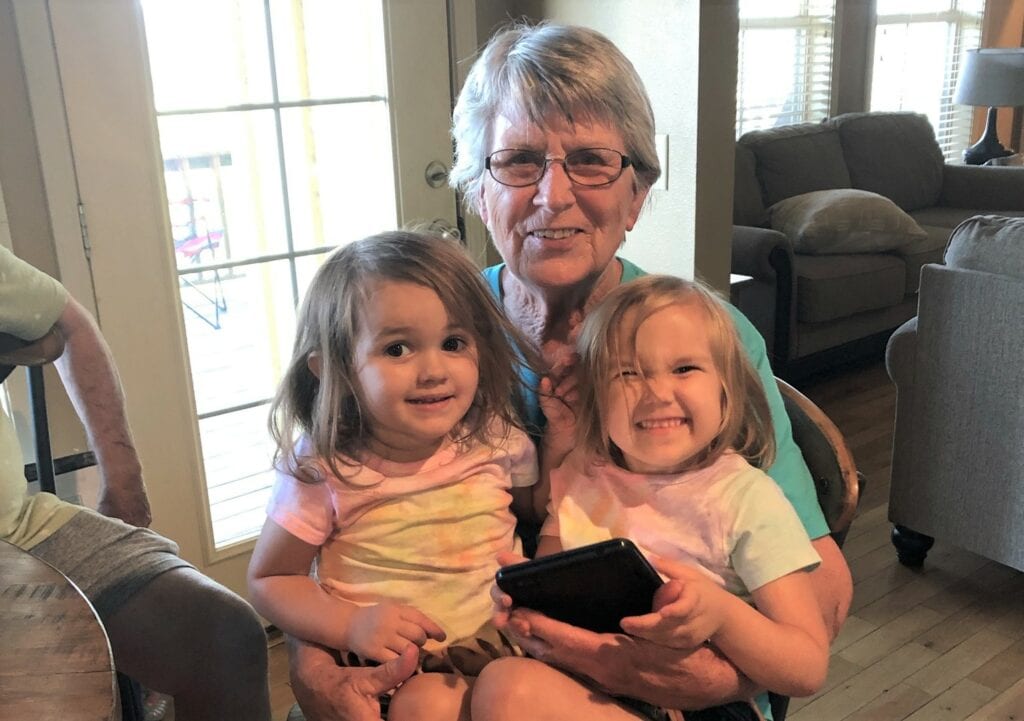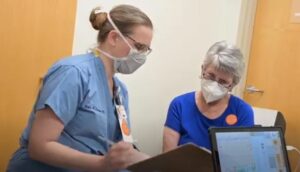Principal Investigator: Vivian Shi, M.D., Associate Professor, Department of Dermatology, College of Medicine.
Summary: A five-year longitudinal observational study tracking outcomes of patients with chronic inflammatory skin conditions, including atopic dermatitis (eczema), alopecia, hidradenitis suppurativa, vitiligo and psoriasis.
Significance: Characterization of disease activity over time, including response to treatments and analysis of biospecimens, will inform clinical practice by identifying the occurrence and impact of comorbid medical conditions and aid the design of more targeted therapies.
TRI Services: Budget development, Medicare coverage analysis, regulatory and research nurse coordinator services.
Sponsor: TARGET PharmaSolutions

